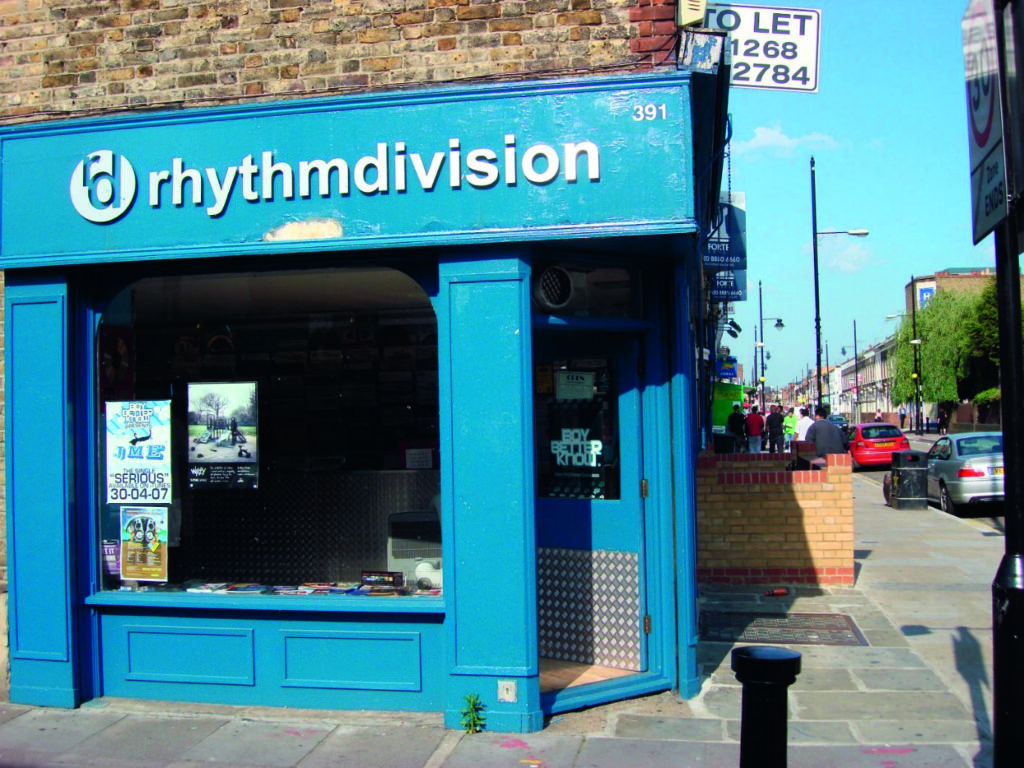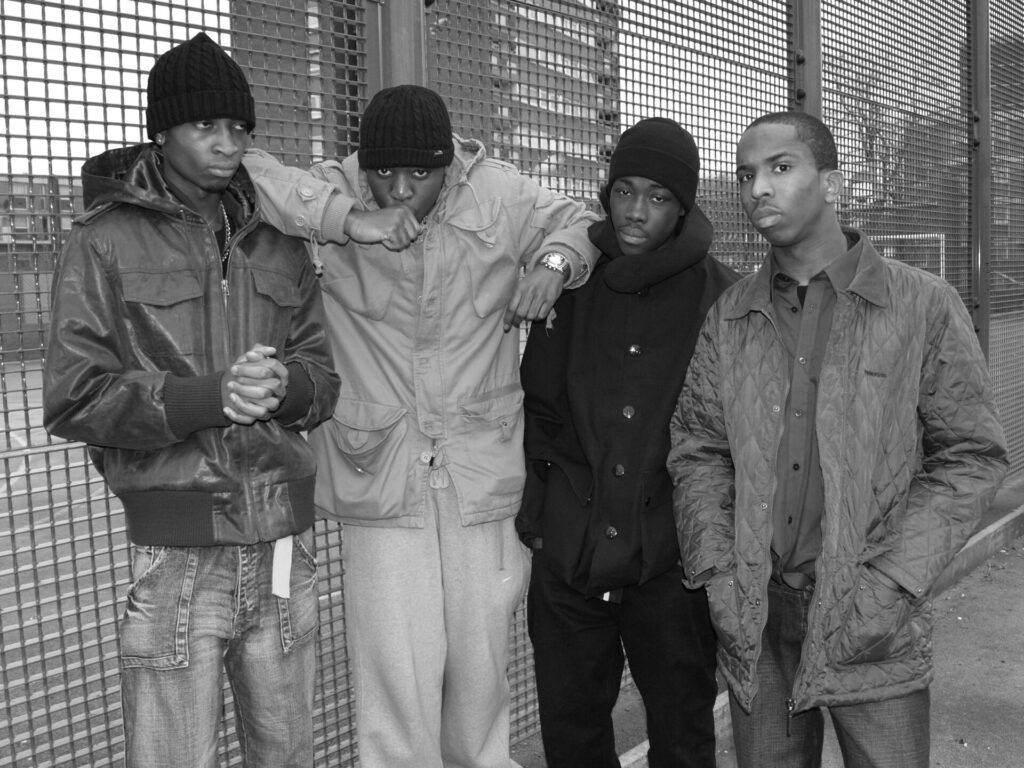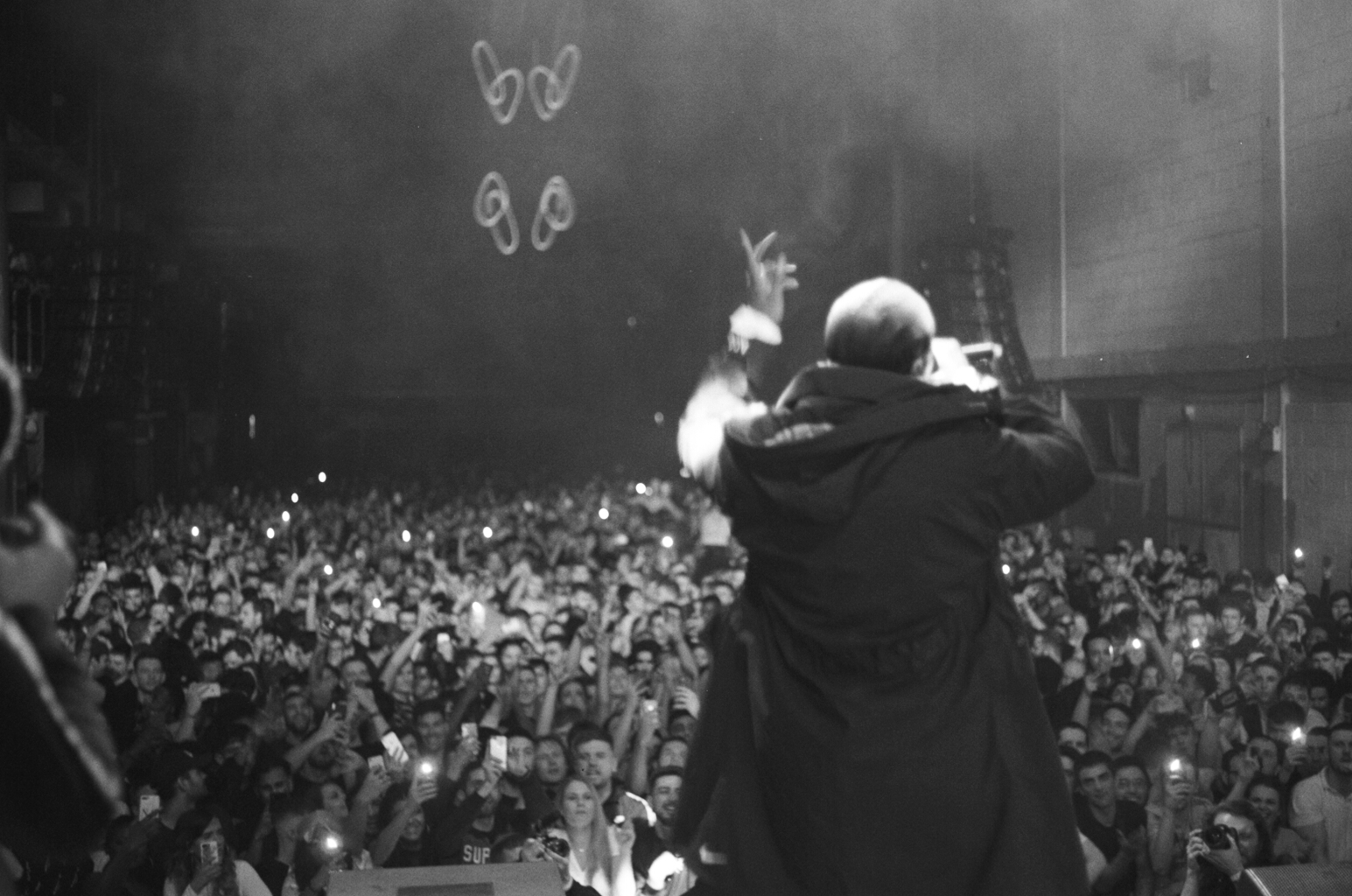When people talk about the early days of grime, they talk about MCs, pirate radio, and an innate energy that rewired British music. Behind the lens, however, shaping how we saw it all, were those that chronicled the scene and its most significant moments, ensuring a record was kept of the people and projects that set the tempo for those that came after. Roony ‘Risky Roadz’ Keefe – filmmaker, archivist, and now author – didn’t just capture grime; he helped define it. His new book, Grime: Documenting the scene’s rise and reign, is both a love letter to the culture and a personal history of two decades that changed UK music forever.
“I would say, probably, the documentarian of the scene,” Keefe says simply, when asked how best to summarise his connection to the genre. “That’s probably what I’m known for – and that’s where it all began.”

Keefe didn’t set out to become one of grime’s most vital historians. But when he picked up a camera in the early 2000s and started filming the MCs who passed through legendary East London record shop Rhythm Division, where he worked, it was the start of something unknowingly special. A fan of both film and music, by capturing what he saw around him – the freestyles, clashes, and personalities that gave grime its unfiltered voice – he helped provide the scene with a unique visual language. Those early DVDs, the Risky Roadz series, became gospel for a generation.
“It was just for the love of the music,” he explains. “Working at Rhythm Division, the boys were always in and out. Filming was my way of being involved. I embedded myself in the scene that way.”
Grime, he says, has always felt like family. “We’ve all been involved in it for twenty years. It’s one big, extended, dysfunctional family,” he laughs. “It’s our generation’s punk – it’s made its mark in history and changed UK music culture.”

The book has its roots in the Museum of London exhibition Keefe curated in 2022, which celebrated grime’s evolution through his archive. “A friend of mine, Big Has, had just written a cookbook,” he notes. “Ellen from Pavilion Books came to the exhibition, loved it, and the book came from there. But it’s always been on my bucket list.”
The offer gave Keefe the chance to tell the story from his own perspective – not as an outsider looking in, but as someone who lived every moment. “There are so many stories in grime that not everyone knows,” he says. “It had to come from me, through my eyes and my journey. I’m just fortunate that I’ve touched loads of different things, that a book could extend out to different realms. It’s a real honour to have that, and the story lives forever now.”
Throughout the book, Keefe weaves in his family story, including his beloved Grime Gran, who became a viral icon in her own right for her interviews with artists like Ghetts, Krept and Konan, and Giggs, among others. “For people to understand me, you have to know everything,” he explains. “The name Risky Roadz is out there, but people might not know me. It was important to join those two things – the brand and the person – and show that this journey wasn’t all easy or overnight.”
All these years later, the way grime is captured, and consumed, has changed entirely. “When you first start out, you just press record and hope for the best,” Keefe says. “Now you can do everything we did on your phone and a couple of clip-on mics. Your ability to capture is constant – you’ve always got your phone on you.”

When Keefe started filming, everything was physical: DVDs, CDs, hand-to-hand exchanges. “You had to physically meet someone to give them a CD,” he remembers. “Now you can send whatever, wherever. The world’s very small, and the UK’s influence is massive.” But the essence remains the same for Keefe: documenting truth, energy, and community.
Keefe’s respect for the originators runs deep and the book pays homage to numerous artists, ranging from the big-hitters to lesser known names. “For me, it’s always Pay As U Go,” he says. “They were the reason I got into it. And then Nasty Crew, D Double E – they’re the reason I picked up a camera. I’ll never stop championing them.” His book’s ‘Pioneers’ chapter honours those foundational figures, giving credit where it’s due to crews and MCs who built grime’s DNA long before major labels took notice.
He’s also reflective about what’s been lost since those days, particularly the youth centres and pirate radio stations that incubated early grime. “They were training grounds,” he says. “People like Wiley learnt to make beats in a youth centre. Without those spaces, who knows? There could be someone who’s the next Wiley right now, but they haven’t got access to a computer.”
Those spaces, he says, offered more than equipment; they offered belief. “It’s sad that there isn’t that continuation for the kids now.” He’s hopeful that the internet provides new forms of access and inspiration, but, as he continues, “It’s a shame that those spaces aren’t there anymore to fast track those things or to give kids different skills and a safe place, and a bit of a boost, really.”

One of the book’s standout chapters, ‘Grime Queens’, shines a light on women who have helped shape the scene. “There are so many talented women now,” Keefe says, adding, “grime’s always been accepting. If you came with love for the scene, you were part of it. Now more and more women are seeing the others that have come before and getting involved – and it’s a great thing.”
For all its history and hardship, grime remains a force, and one that continues to evolve. “Grime has no ceiling now,” Keefe says. “It’s more than just a BPM. It’s culture. It’s within everyone. Young people are finding it again, and the old stuff is being rediscovered. There’s so much music that never got the respect and credit it deserved at the time it was released that I think will now, because once people latch onto it now, they’ll see how great it’s been for twenty-odd years.”

Asked what he wants readers to feel after reading, Keefe doesn’t hesitate: “Nostalgia. Love. I want them to see how important it was for everyone and how important it still is for the UK. It does more than music – it showcases London, Britain, and diversity. I want them to feel the love I have for the scene.”
Beyond the book, Keefe is continually expanding into new creative worlds. “I’ve just shot a pilot for a cooking show,” he says with a grin. “I’m writing a comedy series, me and Frisco are working on a couple of things together and, yeah, I’d love to do more writing. As hard as it was, it was so rewarding.”
Two decades on from those first grainy freestyles, Roony ‘Risky Roadz’ Keefe is still finding new ways to tell stories – still documenting, still creating, still capturing the rhythm of the world he helped to build.
Grime: Documenting the scene’s rise and reign by Roony ‘Risky Roadz’ Keefe is published by Pavilion Books




